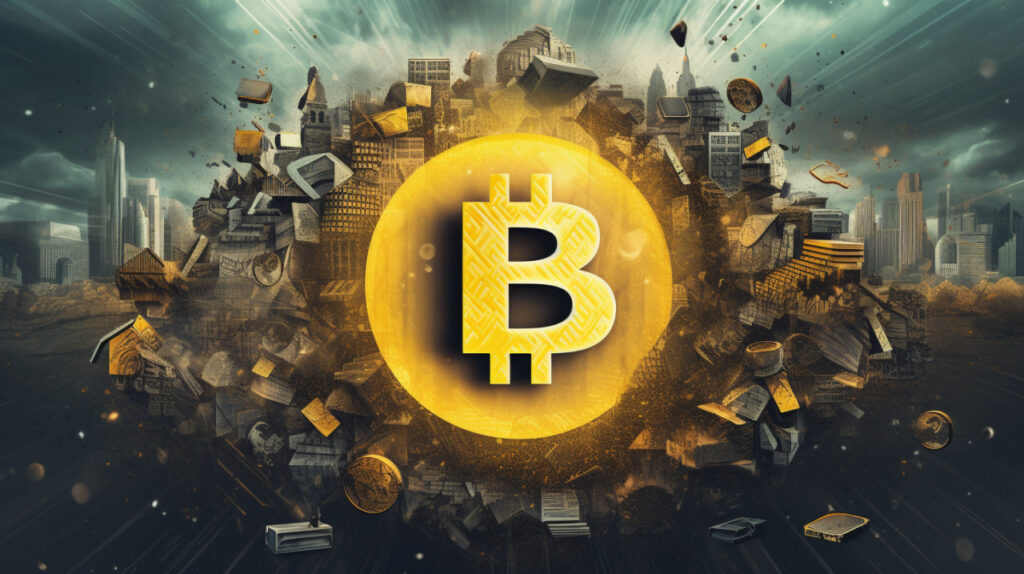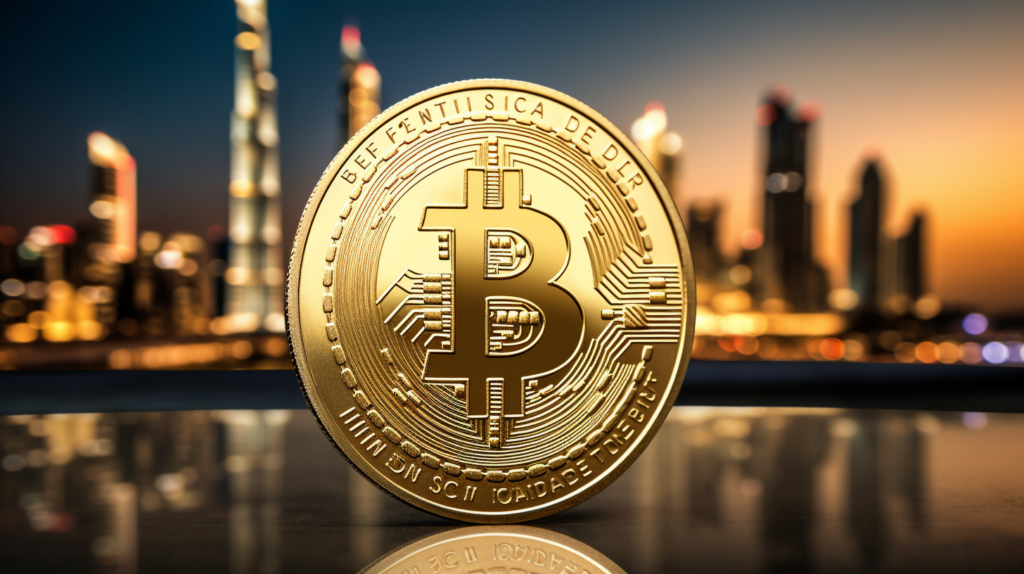Binance Withdraws Ruble Pairs: A Significant Market Move
The cryptocurrency world is witnessing a significant shift as Binance, the largest exchange by market capitalization, announces its decision to discontinue support for several peer-to-peer (P2P) trading pairs with the Russian ruble, including BTC/RUB and ETH/RUB. This change, effective from January 31, 2024, follows Binance’s strategic exit from the Russian market. The affected pairs also include USDT/RUB, BNB/RUB, FDUSD/RUB, BUSD/RUB, and RUB/RUB. This move is not just a mere adjustment in trading options but a reflection of the evolving geopolitical and economic landscape influencing the global cryptocurrency market.
Understanding the Broader Implications
Binance’s exit from Russia and the subsequent discontinuation of ruble trading pairs is a significant development in the crypto world. This decision comes after Binance sold its entire local business to CommEX, a crypto platform. For Russian users, this means a transition to CommEX for continued ruble trading or utilizing Binance’s alternatives for withdrawing or converting rubles before the deadline. The option to trade RUB for crypto on the Binance Spot market remains open.
In addition to these changes, Binance has expanded its offerings by adding new tokens like PIVX and trading pairs to its Margin Trading program. This expansion allows for leveraged trades, offering higher profit potential but also increased risk. The inclusion of ADA/FDUSD and DOGE/FDUSD in its Isolated Margin program is a testament to Binance’s commitment to diversifying its trading options, catering to a wide range of traders’ preferences.
A Balanced Perspective on Binance’s Latest Moves
From my point of view, Binance’s decision to withdraw ruble pairs is a double-edged sword. On the one hand, it reflects the exchange’s agility in navigating the complex geopolitical environment, ensuring compliance and risk management. This move could be seen as a strategic step to maintain its global dominance by adapting to the changing regulatory landscapes.
However, this decision also has its downsides. For Russian traders, it represents a significant limitation in their trading options and could lead to a shift in the regional crypto trading dynamics. The transition to platforms like CommEX might not be seamless for all users, potentially causing inconvenience and disruption.
Furthermore, the expansion of Binance’s Margin Trading program, while offering greater profit opportunities, also introduces higher risks, especially for inexperienced traders. The volatile nature of cryptocurrencies, coupled with leveraged trading, can lead to substantial financial losses.
In conclusion, Binance’s latest announcement is a reflection of the dynamic and ever-evolving nature of the cryptocurrency market. While it opens new avenues and opportunities, it also brings challenges and risks, both for the exchange and its users. As the crypto landscape continues to evolve, it will be interesting to see how traders and the broader market adapt to these changes.





